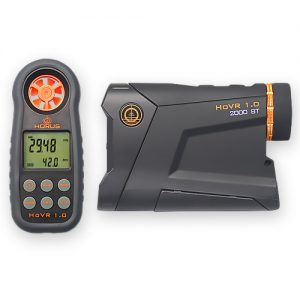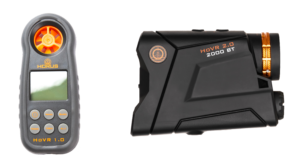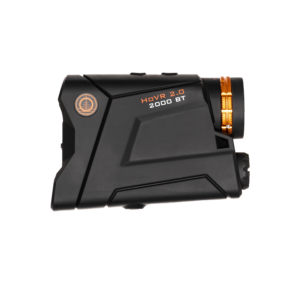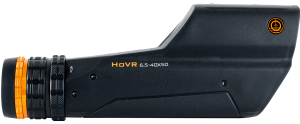How to Pick a Scope by Todd Hodnett
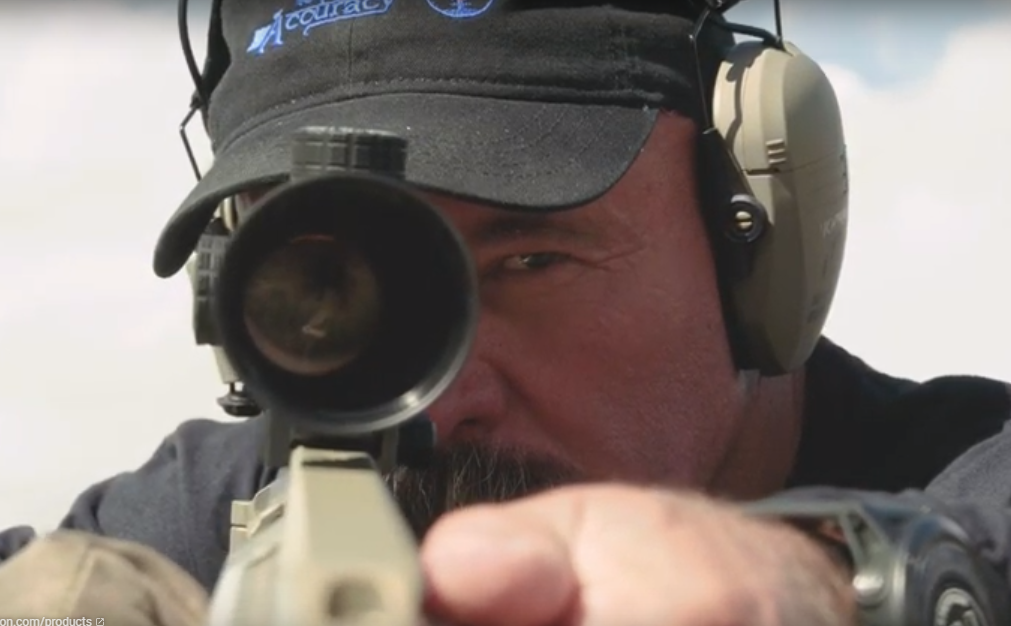
By: Todd Hodnett
This is a huge decision and one that should not be taken lightly. I can remember growing up and saving all my money to buy a rifle and then I would just put whatever scope on it that I could afford. I now know this process is backwards. The optic is the defining element of the whole experience. How well you enjoy the time out in the field is based on what you can see which is totally based on the optic. Your scope allows you to get the most out of your rifle. Your rifle will never shoot better than what the scope allows. Let’s define each element of your decision.
Parallax
Accuracy is a big component of why I chose a scope. If the scope is not of high quality, you may never realize the accuracy of your rifle. This comes from several different issues with a scope. For me, one of my first concerns is the ease of setting the parallax. This allows you to place the target on the same focal plane as the reticle. When this is done properly, the shooter is capable of getting the most out of their rifle. If the parallax is not set properly, the shooter may see a large group size or fliers due to where the shooters eye is in relation to the scope. When parallax is removed from the scope, the target now in sharp focus is on the same focal plane as the reticle. When this happens, it doesn’t matter where the shooters eye is in relation to the center of the scope. The reticle is where the shooter perceives it to be on target.
The problem here is that a lot of shooters will be fooled by the fact that the eye is fast to adjust and will focus on the reticle which is actually blurred, but the shooters eye will change shape to make it in focus. Then when the shooter moves his/her head slightly, the reticle moves on target. If the shooter didn’t move the rifle, how do we know where the reticle really is when it’s moving on target? This is a huge problem. Some scopes are much easier to set the ocular focus to where the reticle is clear and then with the side parallax adjustment the parallax can be removed for each shot by making the image of the target crisp in focus.
Tracking
Another big issue is returning zero when dialing. We see a lot of scopes that don’t return repeatedly to zero and some scopes that just don’t track. What I mean by this is when you dial up; you don’t get the actual amount of mils or MOA adjustment that you dialed on the turret. I remember back in the day, we would do a box drill, this was done by dialing one mil up, one mil right, one mil down and one mil left. You should have a perfect box. Nearly all scopes can do this. The issue is when the small errors in the scope start to start to add up. I remember testing a scope one time and I had a Navy SEAL with me. I told him to make sure he made the mils in the scope match the mils we had on the CATS target. This is a calibration target that Horus makes and it is awesome for knowing if your scope tracks.
When we lay down he said the mils match in his reticle to the mil on the target. I was perplexed because the scope I was using was off. When we moved back and I made 10 mils in my scope equal 10 mils on the target, he said he was still good. After questioning him I found he was looking at only 1 mil. In the test the scope I was using would not track perfectly, when I dialed up 10 mils, I would get 10.4 mils but if we would have only dialed 1 mil this would have been 1.04 and I would have never seen the error as the group size of even a .25 moa rifle would have been lost in the noise. Obviously, this can create a problem when dialing as your dope dialed on the turret would not match the actual realized dope that the scope gave you.
One must be sure when testing a scope for tracking that we make the mils in the scope match the mils on the target and the more you can match up the more accurate your test will be. The reason behind this is that this is an angular measurement. If we measure the distance to the target and then mark exact increments of a measured mil on the target. The target should be plumb to ensure this stays in alignment. But if we just measure the mils in the scope on the target and mark the target accordingly, the scope should track with the mils in the scope.
Clarity
All scopes are not equal when it comes to the clarity of the image. Some scopes will have coatings that make you think under some lighting in stores that the image is just as nice as a higher quality scope. Make sure you test this outside before you buy. Most higher end scopes use much better glass than the rest. When you have a quality scope, you spend more time glassing with it than shooting. I have used scopes that the parallax knob seemed to not do anything. The target became clearer but never obtained what I would consider a crisp image.
If there is any mirage or moisture in the air, this can create an issue as you can never find when you have removed parallax for the shot as the target never becomes crisp. Please remember the range numbers on the parallax adjustment really don’t mean anything, setting it to 500 meters doesn’t mean you’re parallax free at 500 meters. Just make the target crisp and never be concerned about what number you are on.
Distortion
I can remember when this was a real issue for virtually all scopes, but most quality scopes have figured this out. The industry had an issue with what was called the pin cushion effect. This was with gridded reticles and the curve of the glass would give this pin cushion appearance. Not a problem with quality glass now days. I hear people say they want to shoot in the best part of the glass. I agree with this 100%, but what is perceived as the center is not where the center always is. For example, if you hold 8 mils and dial 8 mils, you are looking at the exact same area of glass in either situation. The erector tube in the scope will move as you dial and the perceived “center” is not always the crosshair.
It depends on how much bias you had in the rail or rings and at what range you zero. But we are not looking at the outer edges until you are dialed all the way and then looking at the bottom of the glass while the power is turned down on a FFP scope. Additionally, high quality modern scopes are designed to have more consistent image quality across the entire field of view.
First focal plane (FFP) or 2nd
This is a good question. I am the first to say go FFP, lots of reasons why, one the target and the reticle in your scope stay in relationship in size throughout the power range. This way it does not matter what power you are at if you want to mil a target for range. We also use this for judging the size of a rack on a deer. I would hate to have to be at a certain power to use the reticle accurately.
This is also true when you are holding instead of dialing. If you hold a second focal plane reticle, you would have to be on the one power that makes the reticle correct. This may be a problem in certain shooting conditions. I like the capability to shoot on any power range that I want. The reticle on a second focal appears to stay the same size as you move up and down with power. But in relationship to the target, the reticle is actually growing and or shrinking.
On a FFP scope the reticle is always the same size in relationship to the target and gets smaller with the target as we go down in power. This is where most hunter don’t like the FFP scope as the reticle gets small at low power. Just remember when using second focal scopes, you may have an issue if your holding and not on a power range where you know the reticle is accurate and you can always dial your elevation to solve this issue but you may have to dial wind as well as your reticle may give you a false assumption of what wind hold you are really using.
For instance, if you are dialed down to half power and now each mil equal 2 mils. This is not always correct but just an example. Meaning that a 10x scope would not always be correct half power when set to 5x. This is something you need to measure and test on a scope. But even if you dial elevation and held a mil of wind, if you were at half power, this 1 mil hold would now really be a 2 mil hold. Nothing wrong with second focal if you use them correctly. It’s just easier to use the FFP scopes for most and that’s why most military’s all over the world have went this way.
Then when we look at low power optics, this is one place where most of the time you are at either 1x or 8x, so with this type of power option, a second focal plane scope is a definite option as you have an illuminated dot at 1x or just bold crosshair and at 8x one could use the holds and it would still be accurate. Just be careful not to be at any other power while holding.
Reticles
This is like religion and something most people are passionate about and not easy to persuade someone otherwise. There are a lot of choices and to me each one is a tool. We have crosshairs that honestly would work for many applications. For some hunters that never shoot past 300, they could zero at 250 and still be good at 300. This is called max point blank. A simple method of where your bullet will be on target based off target size and distance. Yes, if you zero for 250 you may be 4” high at 100 and 6” low at 300, but for most hunters they are good with that. I used a duplex crosshair for years, it just has its limits.
Then we have mils or moa reticles. This is the next step in the evolution, still very basic but now offering more in the field of being able to accurately hold on target. One may have to dial to be real accurate and nothing wrong with dialing except for the loss of speed and the accuracy of the turrets and the loss of refined second shot correction. Still a step up but still has its limits.
I did bring up mil/moa, so let’s be quick. Either works, but having moa reticles in scopes that have mil turrets is horrible. Used them for years and hated it. Most people still using MOA think it’s easier and they are afraid to try MILS. I was the same way and wished I would have changed years ago. MILS are so much better and easier to use. It’s just a number but the fractions with MOA are harder and the MILS being devisable by 10 just makes it easy. I hear people say “ I can get smaller adjustments with MOA, like 1/8” adjustments and I always ask if they have and 1/8”MOA gun, which they don’t, so they could never see that adjustment anyway.
Then we have moved to gridded reticles and now they have taken over the long-range and competitive world for the most part. These reticles offer speed that was not capable in the past. As well as a second shot correction with accuracy we could not achieve with other style reticles. Then with the Tremor wind dots, we are capable of “seeing” the amount of wind bracket on the target and this gives us the ability to make easy and fast wind calls.
Power ranges
This is something that has really stepped up in the past decade. We now have options from low power 1×8 up to 7×35 power range and everything in between. Now we can pick the tool for the job or try to get a good all-around scope. Personally, I use a 7×35 for long range shooting with a TREMOR3 reticle but on some rifle platforms, I may select a 4×16 or 5×25 based on the ranges I plan on shooting with that platform. Then with my 5.56, I have a 1×8 for quick acquisition and helo shooting.
There are pluses and minuses to everything. High power scope may have a more critical eye box, meaning if you move your head at all, the ability to see thru the scope may be a bit touchy. This can cause issues with self-spotting under recoil. I thought this would be the case when I was shown the 7×35 and I really wasn’t interested in a scope with that high of power, but when I looked thru it I was amazed at the capability and the parallax adjustment. I was wrong with all my assumption that the eye box would be too critical and mirage at high power would be overwhelming, again I was wrong.
Also, you don’t have to stay at the highest power, I can power up to make sure the deer is the one I was looking for and then back out to whatever power range I want to use for the shot.
The low power scope usually is set for 130 to 150 on the parallax and don’t have an adjustment. This is not that big of a deal as we are not taking them out to distance where this may become an issue.
Summary
As we have discussed here, there are lots of options on the market from all-around scopes or very specific tools for close range needs up to high power for extreme long range (ELR) options. The thing to remember is all scopes are not equal. Just because the scopes cost the same doesn’t mean they are even close in quality. I have used scopes across the board and have seen the full spectrum of quality. Just do your homework and try to shoot the scope before you buy it. Run a tracking drill on it to see if it will track for you. This one part of the equation may make or break your shooting experience. Choose wisely.
-
Laser Range Finder + Weather Meter Kit
Rated 5.00 out of 5 based on 2 customer ratings$499.99 -
Laser Range Finder 2.0 + Weather Meter Kit
Rated 0 out of 5$429.99 -
HoVR™2.0 Laser Range Finder
Rated 0 out of 5$349.99 -
HoVR™ 6.5-40x50mm Spotting Scope
Rated 0 out of 5$1,799.99
